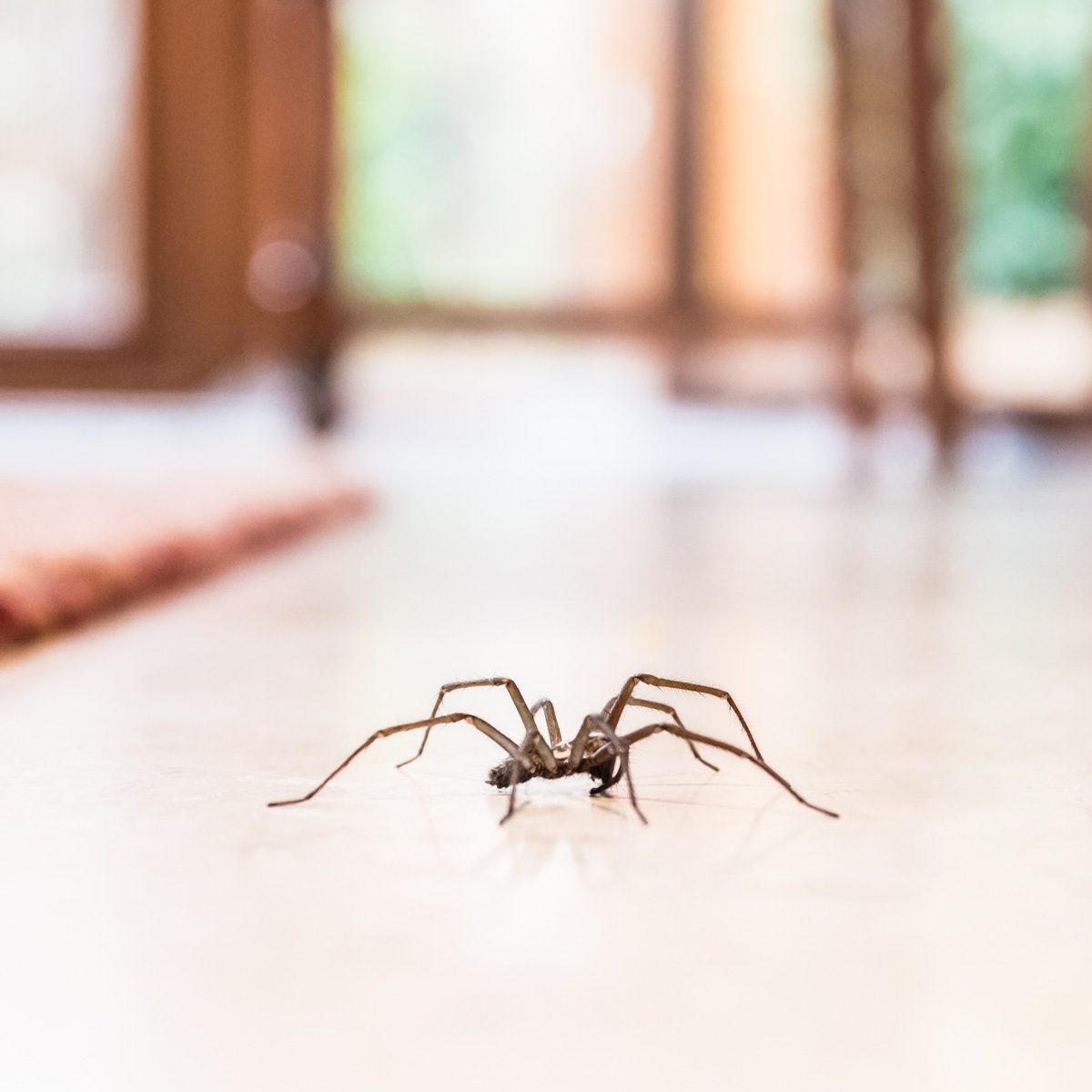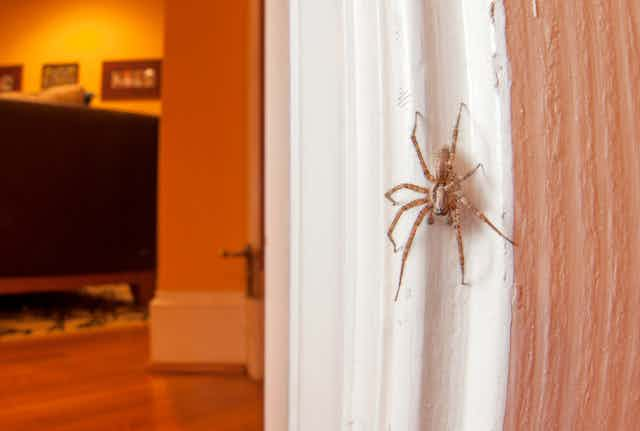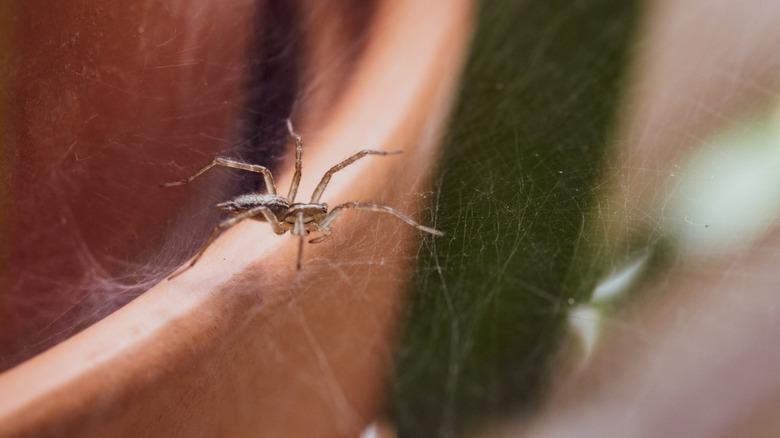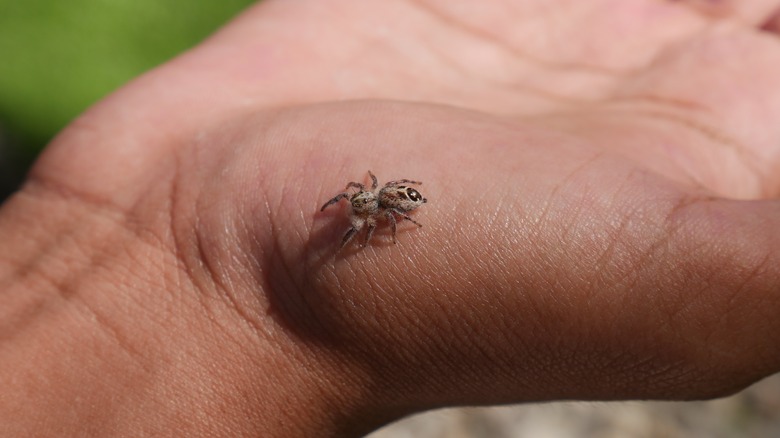There are possibly hundreds of bugs living in your house at the moment, even if you probably don’t want to consider it. According to a 2016 PeerJ study, which examined the types of arthropods present in 554 rooms across 50 residences in North Carolina, practically every room was teeming with a wide variety of species. Animals classified as arthropods—which include insects, spiders, and crustaceans—have segmented bodies, jointed limbs, and an exoskeleton.Along with flies, beetles, and ants, several kinds of spiders were among the most often observed in the residences in the study.
Spiders consume bugs.
The majority of spiders are harmless.
Safely removing spiders is simple
ADVERTISEMENTYou can effectively control spider population in and around your home
Spider bites are generally harmless